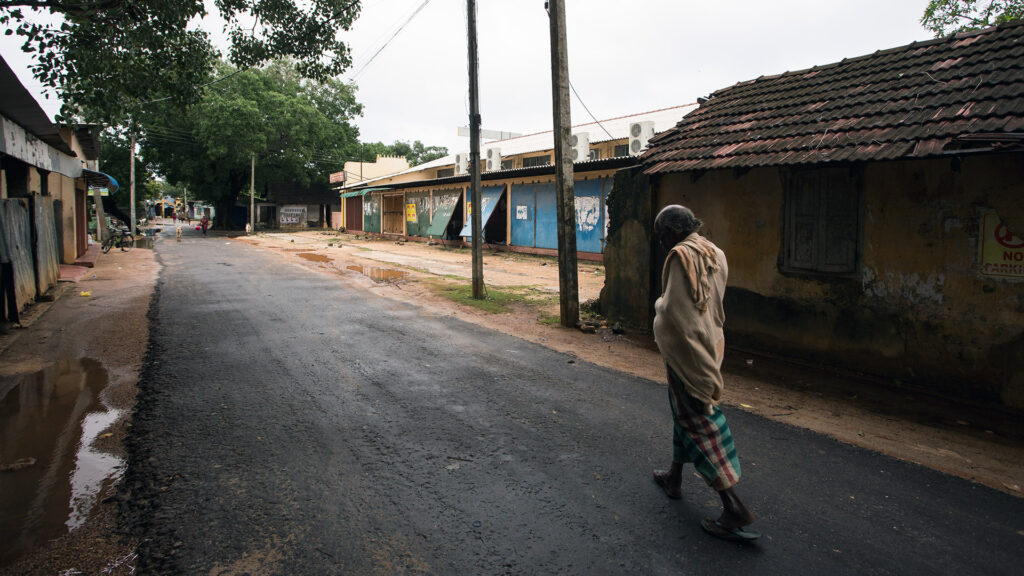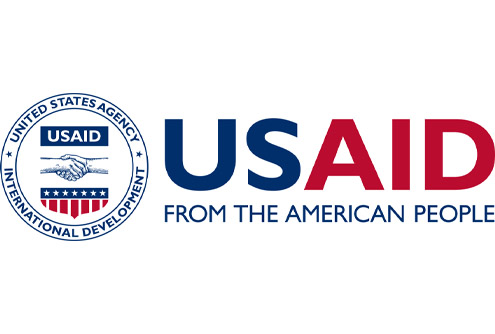Although government authorities and institutions had clearly assigned roles and responsibilities for service provision to the community, they were struggling to provide services for two main reasons: there was no channel for communication between the community and the authorities, and there was poor coordination among institutions. Janathaksan GTE Ltd organised a joint event with the local government representatives, the Panadura Divisional Secretariat, to share the challenges faced by the community and to discuss possible interventions with government ministries and departments. This led to the establishment of a working committee at the Panadura DS office to connect the displaced community and government authorities, which in turn led to several bilateral meetings with the respective authorities (i.e. zonal education office, school principles, DS office) to advocate for long-term solutions.
One of the prioritised advocacy initiatives was to bring to the attention of the authorities the issue of home ownership. A situation analysis was carried out to identify the initiatives that had been taken by authorities and to identify the gaps in the process. Based on that analysis, recommendations were drawn and shared with the authorities responsible for housing, education, child protection and vocational training.
A range of partners were engaged in different ways. In order to ensure the sustainability of the project’s aims, a multistakeholder steering group was established and a fundraising strategy drafted. Policymakers from different ministries were brought together, facilitating a space for dialogue about holistic and long-term solutions. Janathakshan GTE Ltd found its community-based approach to be a key success factor. “We were able to bring together the community and other key local stakeholders – bringing them into one platform to discuss and seek durable solutions for the most pressing issues. Alongside the opportunity to better understand the various socio-economic issues faced by the community 16 years after resettlement, this platform importantly contributed to building trust and bridging the disconnect between the community, authorities and other key stakeholders.” said Chandrika Kularathne, Senior Manager – Climate Change Adaptation and Resilience.

